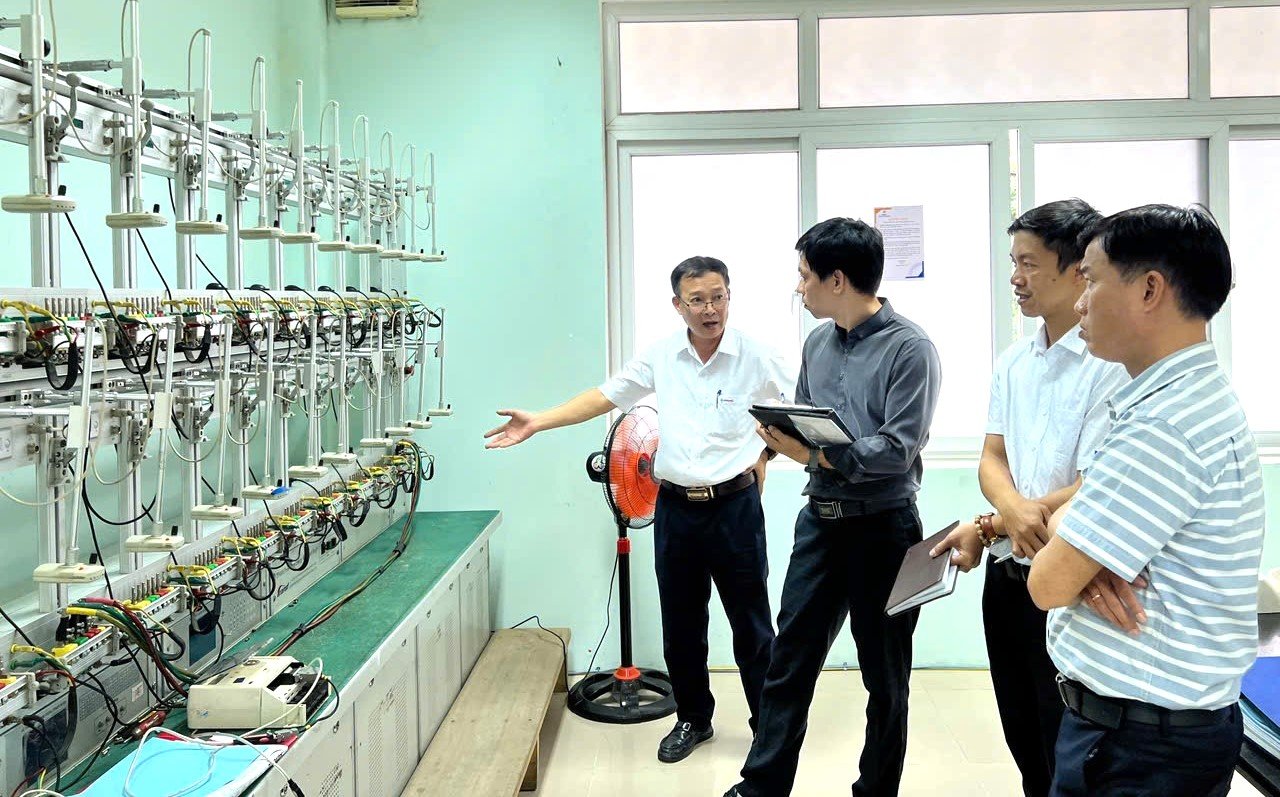 |
| Periodic inspection of the household power grid control system |
Potential in the "heart" of Central Vietnam
According to the Department of Industry and Trade, the city currently has 13 hydropower plants in operation, with a total capacity of about 459 MW, an average annual output of nearly 2 billion kWh, making an important contribution to the Central region's power grid. Of which, Huong Dien hydropower plant (81 MW) and A Luoi hydropower plant (170 MW) are two large-scale projects, ensuring stable power supply and contributing to regulating water in the dry season and reducing flooding in the rainy season.
Along with hydropower, solar power is gradually asserting its role in the new energy structure in Hue City. The TTC Phong Dien Solar Power Plant project with a capacity of 35 MW, put into operation since 2018, is considered a milestone paving the way for clean energy projects in the locality. The city has announced many potential areas to attract investment in rooftop solar power, especially in Phong Dien, Tu Ha industrial parks, Chan May - Lang Co economic zone, as well as on the roofs of offices, schools and households.
With an average of more than 1,900 hours of sunshine per year, along with high radiation intensity, Hue City is one of the localities with ideal conditions for developing solar energy. In addition, coastal and lagoon areas are also assessed to have the potential to exploit wind power in the next few years, in line with the orientation of the Power Plan VIII that the Government has just approved.
Recently, the annual commercial electricity supply in Hue City is estimated to reach over 2 billion kWh. For example, last year it reached over 2.1 billion kWh, showing the increasing load scale. The transmission and distribution grid system has been and is being invested heavily by the Central Power Corporation and Hue Power Company (PC Hue) with projects to upgrade transformer stations, medium and low voltage lines, gradually moving towards a smart grid.
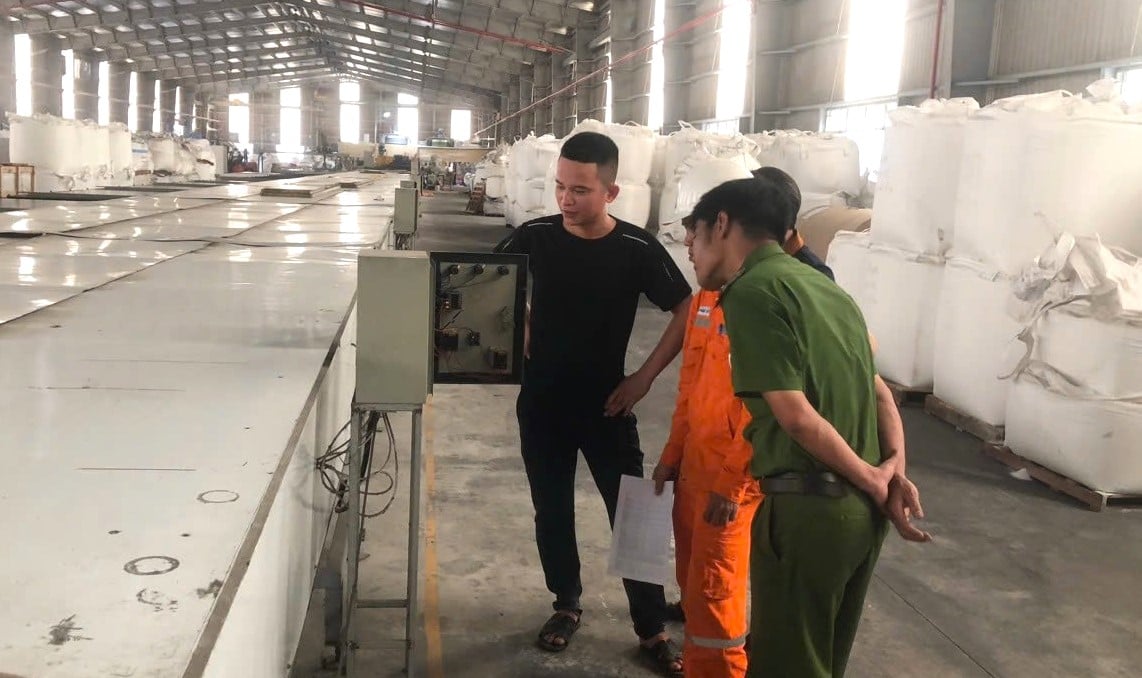 |
| Checking electrical safety in factories and manufacturing plants |
In the new phase of energy strategy, Hue aims to diversify supply sources, aiming for a renewable energy rate of 25-30% by 2030; at the same time, gradually reducing dependence on traditional power sources. This is an orientation in line with the country's net zero emissions target and the global trend of clean energy development.
Sustainable energy sources
Resolution 70 of the Politburo sets a higher requirement: energy security is not only “sufficient electricity” but also must be safe, stable and sustainable. For Hue, this requires a long-term vision, combining source-grid-load development; at the same time, linking energy planning with industrial, urban and tourism development strategies.
In the immediate future, the city needs to promote the socialization of investment in renewable energy, especially rooftop solar power in residential areas, offices, hotels, and industrial parks. Encouraging people and businesses to participate in the production and consumption of clean electricity will not only help reduce the load on the national power system but also form a "community green power grid".
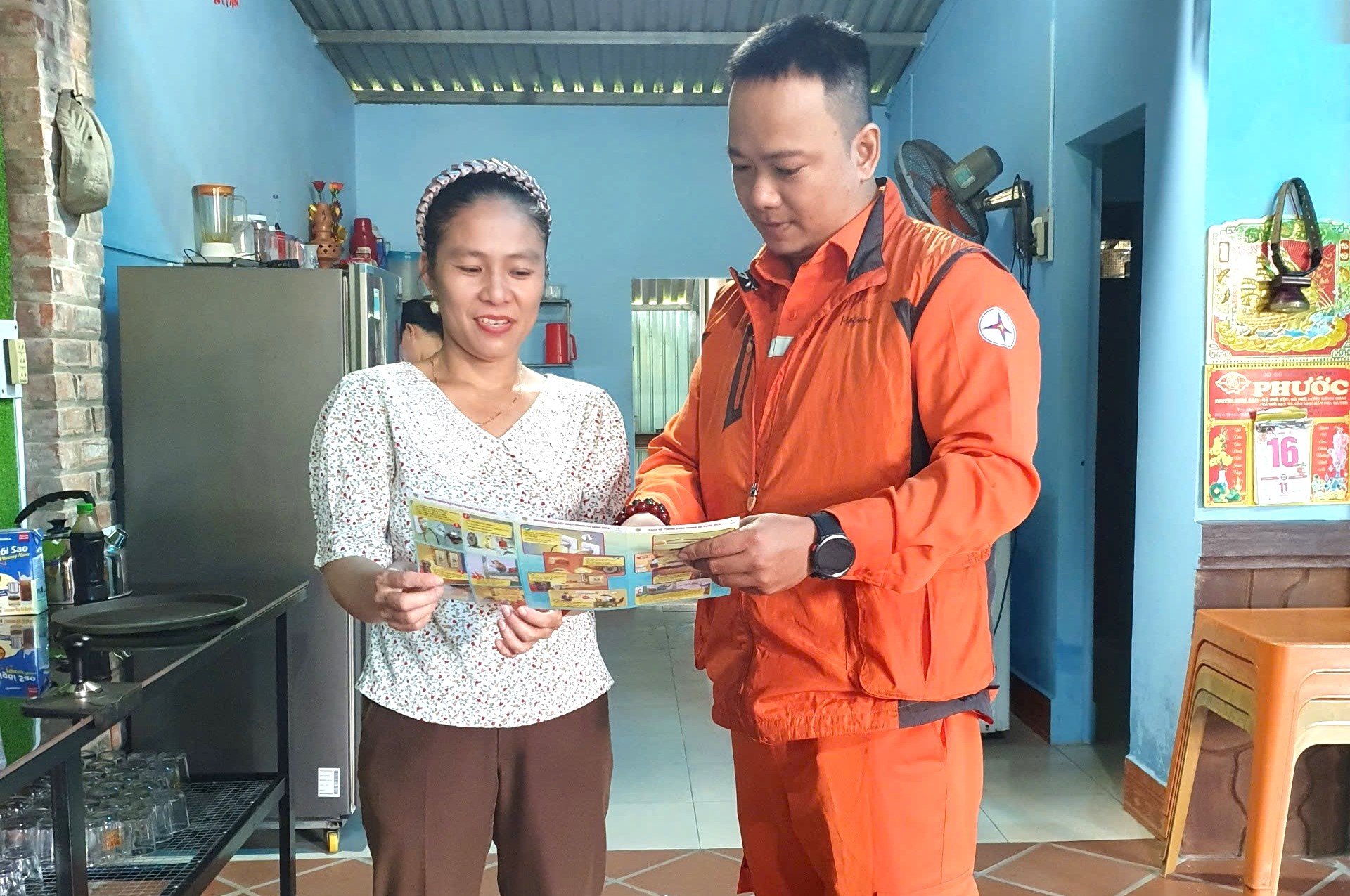 |
| Promote TKĐ propaganda to every household |
Along with that, Hue needs to apply digital transformation in energy management, deploy a smart load monitoring and forecasting system, helping to operate flexibly, economically and transparently. The "virtual factory" model, where households and production facilities generate their own solar power and share it with the grid, is completely under control and effective, especially in the context of the city building a smart urban area associated with digital transformation.
An indispensable factor is to improve energy efficiency. Many experts call it the “fifth energy source” because saving electricity (TKĐ) is also producing electricity. Hue City is implementing a program to propagate and educate the TKĐ community, such as encouraging the replacement of low-efficiency power-consuming equipment, applying LED lighting technology, and effectively managing electricity in buildings, tourist areas, production facilities, and households.
Overall, Hue City is still considered a locality with advantages to become a clean energy center of the Central region. In addition to developing new sources, Hue City needs to link energy planning with land use planning, urban and industrial development, avoiding the situation of "having sources but no load" and vice versa.
With synchronous planning, strong enough policies, and the participation of businesses and people, Hue can be completely self-sufficient in energy, ensuring both the needs of socio-economic development and making an important contribution to national energy security.
Mr. Dang Huu Phuc, Director of the Department of Industry and Trade, shared that Hue City is currently entering a breakthrough phase for a new period, where energy security is not only a technical problem but also a long-term development strategy. It is expected that with synchronous planning, reasonable investment and the cooperation of the whole society, Hue City will not only have "enough electricity" but also create "new momentum" to become a green, smart, sustainable urban area in the Central region.
Source: https://huengaynay.vn/kinh-te/nang-luong-dien-cho-hue-159194.html



![[Photo] Prime Minister Pham Minh Chinh and United Nations Secretary-General Antonio Guterres attend the Press Conference of the Hanoi Convention Signing Ceremony](https://vphoto.vietnam.vn/thumb/1200x675/vietnam/resource/IMAGE/2025/10/25/1761391413866_conguoctt-jpg.webp)
![[Photo] National Assembly Chairman Tran Thanh Man receives United Nations Secretary-General Antonio Guterres](https://vphoto.vietnam.vn/thumb/1200x675/vietnam/resource/IMAGE/2025/10/25/1761390815792_ctqh-jpg.webp)

![[Photo] Prime Minister Pham Minh Chinh receives United Nations Secretary-General Antonio Guterres](https://vphoto.vietnam.vn/thumb/1200x675/vietnam/resource/IMAGE/2025/10/25/1761390212729_dsc-1484-jpg.webp)

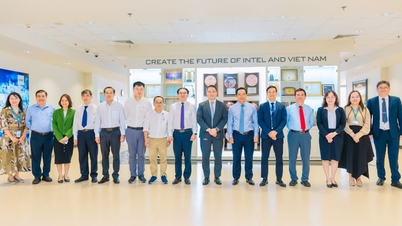

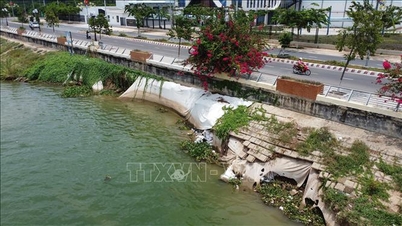

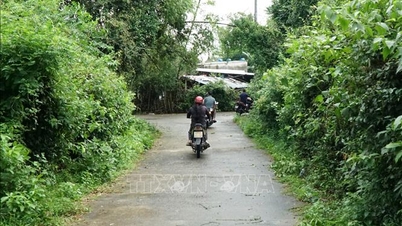
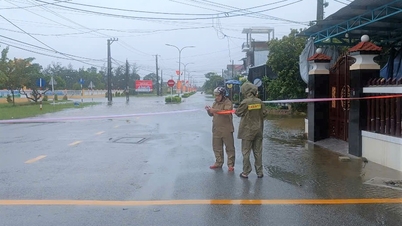
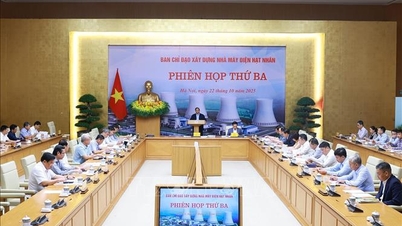
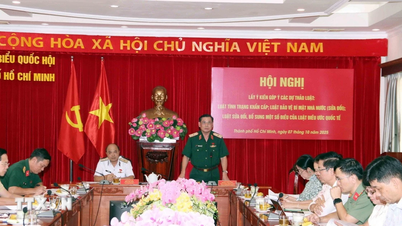

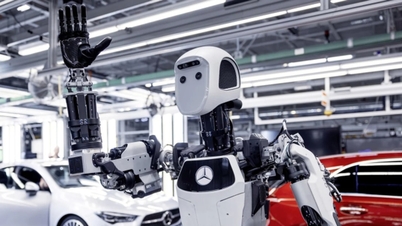

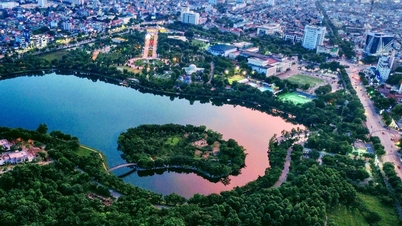


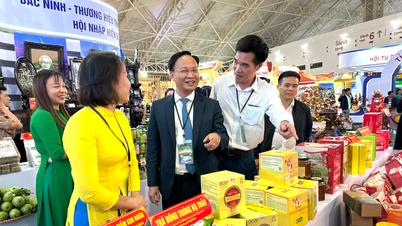

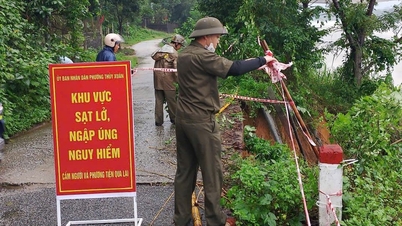






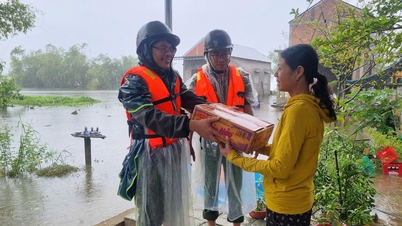
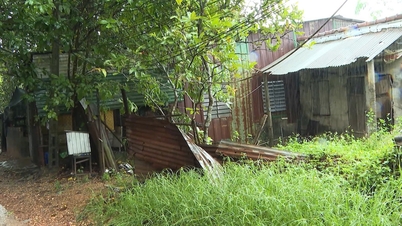
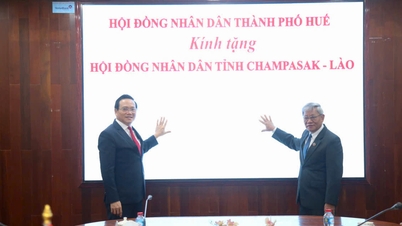


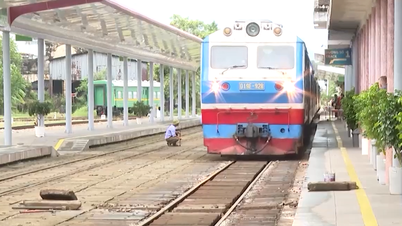
![[Photo] General Secretary To Lam meets with General Secretary and President of Laos Thongloun Sisoulith](https://vphoto.vietnam.vn/thumb/1200x675/vietnam/resource/IMAGE/2025/10/25/1761380913135_a1-bnd-4751-1374-7632-jpg.webp)
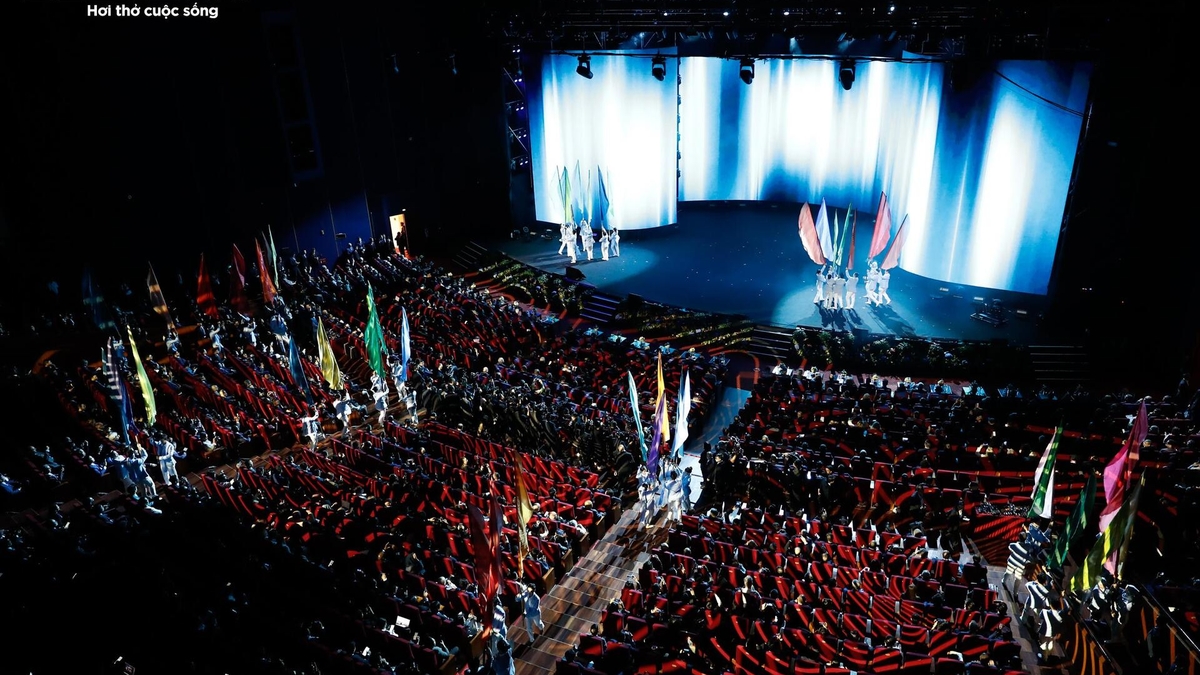




































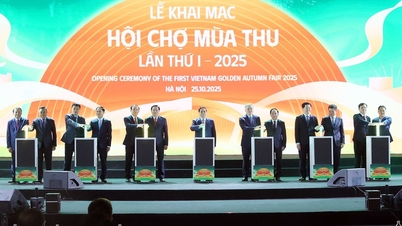
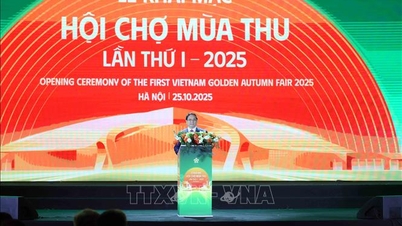
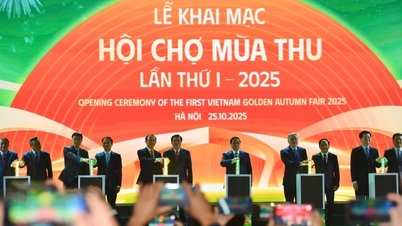
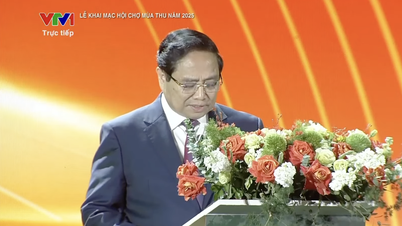




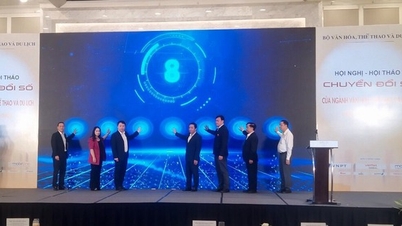

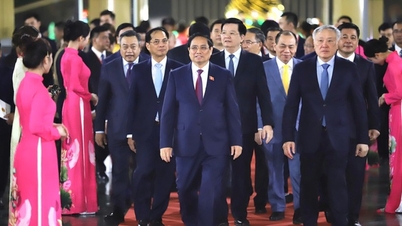
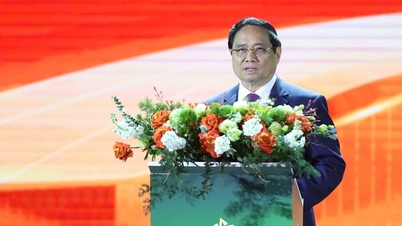
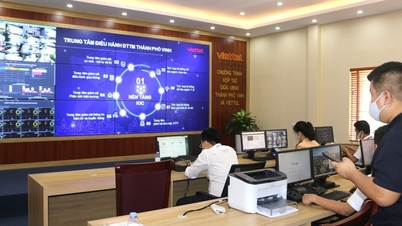

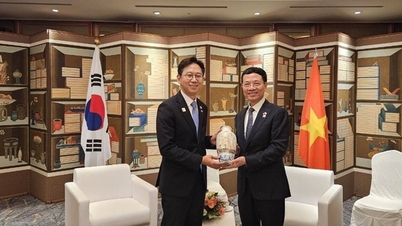
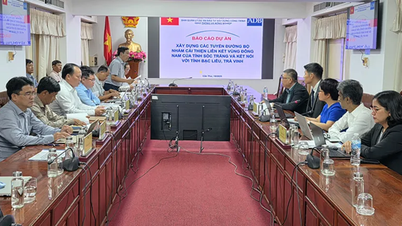

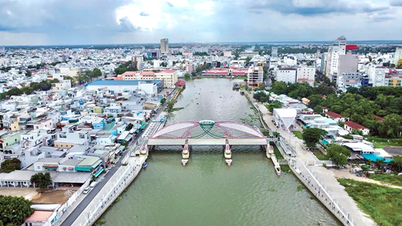



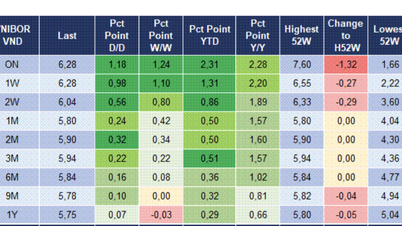
















Comment (0)